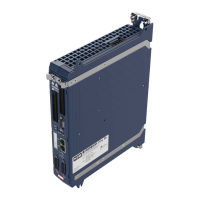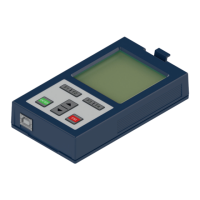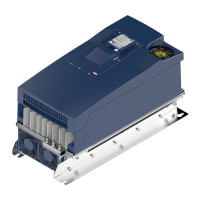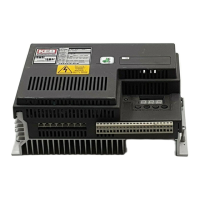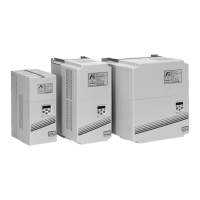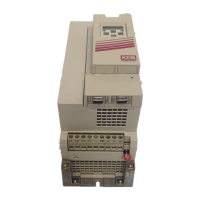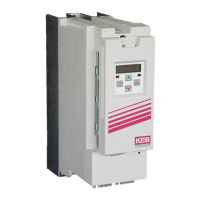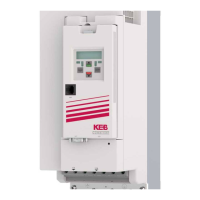Figure 62: Order designation
Supported EnDat encoder
The encoder evaluation recognises whether the encoder has the "EnDat 2.1" or
"EnDat 2.2" command set and can evaluate both variants.
The evaluation only distinguishes whether the 1Vpp signals are to be evaluated
(ec16 = "EnDat+1Vpp") or not (ec16 = "EnDat digital").
Also encoders with 1Vss signals can be evaluated purely digital. This can be useful
for diagnostic purposes, for example, or if the digital position has a higher resolu-
tion than can be achieved with the 1Vpp signals.
It follows that, with regard to the interface, first of all all encoders with all "EnDat.."
order designations with ec16 = "EnDat digital" can be evaluated. If the encoder still
has 1Vpp signals,ec16 = "EnDat+1Vpp" is also possible. TTL and HTL signals are
not evaluated.
In addition, there are the following restrictions:
The EnDat encoder type can be read out from the encoder (word 14 of the manu-
facturer parameters). Only the following identifiers are supported:
0xC0: Singleturn rotary encoder and angle encoders
0xE0: Multiturn rotary encoder with gear
0xD0: Multiturn rotary encoder with battery buffering (see also 6.1.9, „Operation of
EnDat multiturn encoders with battery buffering“, page 255)
0x40: Absolute length measuring device (with or without 1Vpp signals)
The new, always purely digital EnDat 3 interface is physically different and is not
supported here.
➢ Hiperface
Hiperface encoders are only supported by the evaluation if they are either known to
it or if newer encoders have the so-called "extended nameplate 0xFF". This con-
tains additional information about the encoder, such as increments per revolution,
maximum temperatures, encoder designation, and also allows an evaluation if the
concwened encoder type is not explicitly stored in the encoder evaluation.
Which Hiperface encoders are currently supported, is described in chapter 6.1.2.6,
"Display detected encoder type", page 226.
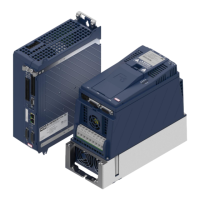
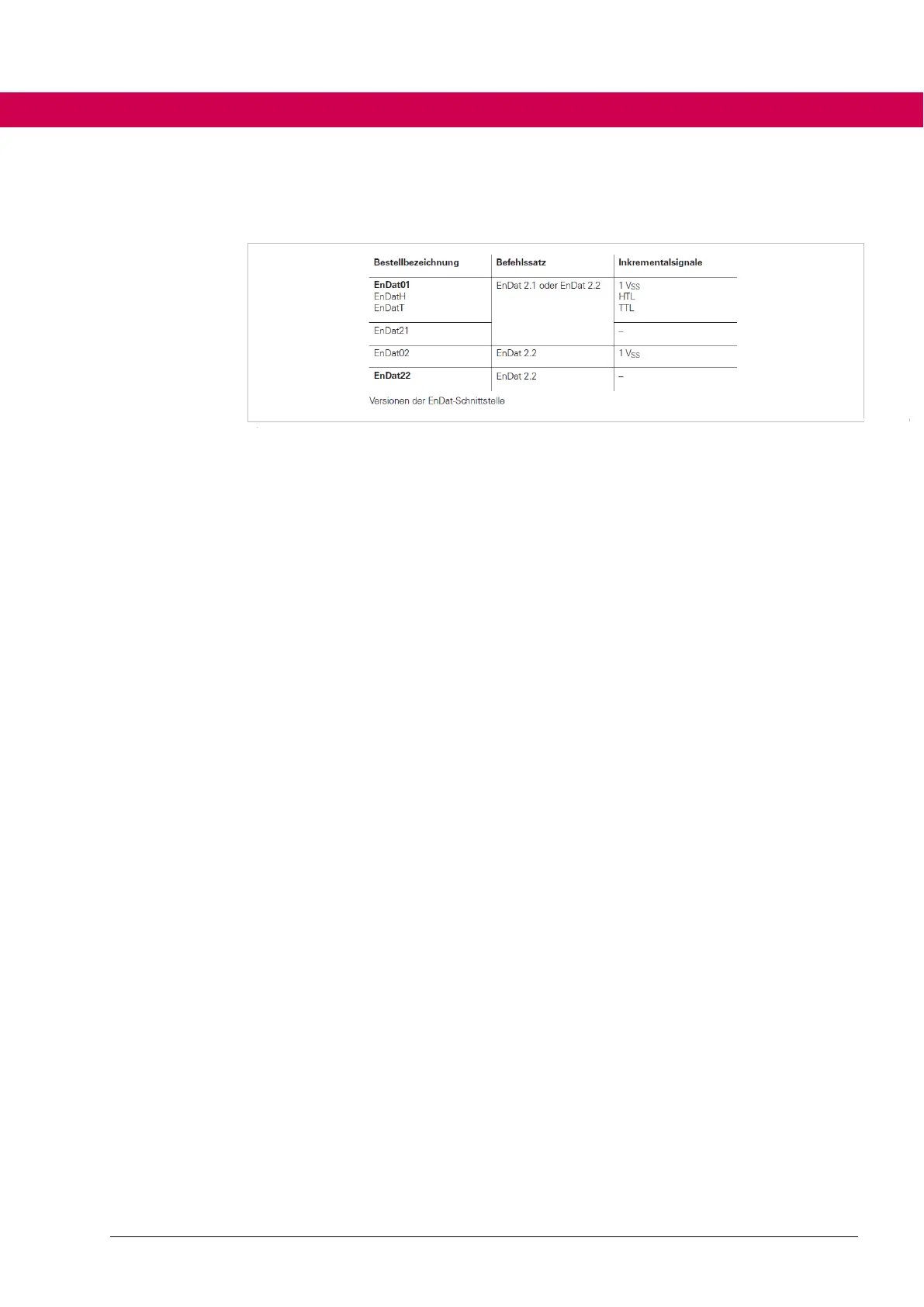